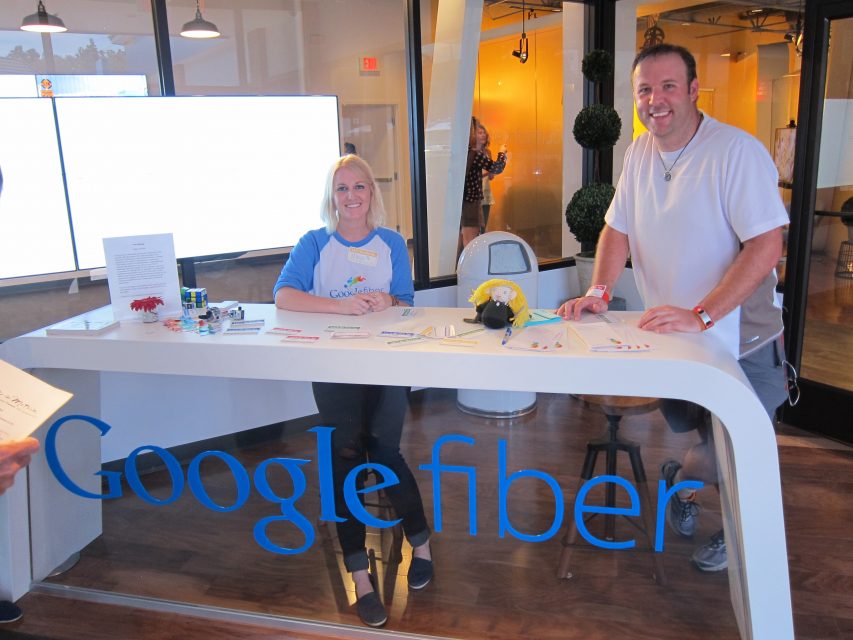Google Fiber has already made quite a splash installing competitive fiber-to-the-home around the country. Currently in Provo, Austin, Kansas City (in both Kansas and Missouri), Atlanta, Nashville, and Charlotte — Google Fiber has plans to expand to a variety of upcoming and potential locations around the country. In the next five years, telecom workers may be interested in what they can expect from the budding telecom giant, and where Google Fiber is going from here.
While Google’s motivations may be monetary and internally aimed, in the end, Google Fiber is pressuring other telcos to provide competitive service and contribute to building an infrastructure that supports better bandwidth for the country as a whole. For instance, after their deployment in Kansas City, incumbent Time Warner Cable went from brushing Google Fiber off as a competitor to advertising 3 Gpgbs per second on billboards. However, recently Charter Communications confirmed their acquisition of Time Warner Cable with a $55 billion deal. Ultimately, Google Fiber is an opportunity to create options, as “only a third of Americans have more than one choice for broadband providers, and according to a January FCC report, a tenth have no choice.”
Installing in Kansas City alone cost Google more than $1 billion, but the network is now available to over 80% of the city. With innovation comes changing technology that could influence traditional installers. In Kansas City, Google Fiber won approval to place “special antennas on city light poles that could potentially beam broadband directly into homes, over the air.” Expected to be up and running by 2017 the lasting impact of Google Fiber indicates a new role for traditional installers who will have to adapt to new technology.
However, Google Fiber is better equipped to reach their wireless goals with their recent acquisition of Webpass, a San Francisco-based Internet provider. Webpass beams the Internet to fixed antennas on buildings, which run data cables into units. Therefore, the opportunities for contractors to install to the home may not be completely lost. Switching to wireless could save costs, as wireless is “a fifth of the cost of fiber, which is roughly $1,000 per home.” But as the technology hasn’t yet been fully deployed, these savings aren’t necessarily guaranteed.
Regardless of new technologies, Google Fiber is continually looking to innovate to cut costs. In “San Francisco, [Google Fiber] plans to use the city’s dormant fiber pipes; in Huntsville, Ala., it is tapping the city’s existing network as its own.”
Looking towards 2020, Google Fiber announced its plans to enter the San Francisco market over the next three years. Their partnership with Webpass will allow Google Fiber to penetrate five new cities including Boston, Chicago, Miami, and San Diego.
By relying on a network of contractors Google Fiber will balance multiple partners to perform a wide range of work, from installations to customer support. These contractors range from NX Utilities to OnTrac Construction. The benefits of these contractors is that they provide a variety of vantage points to get involved with Google Fiber, from project management to installation.
Working with project management teams often requires installers who can bring their own tools. For contractors installing fiber-to-the-home or for those looking to land a contract with Google Fiber, GMP has provided the telecom industry with a suite of tools since 1936. Find what you need at gmptools.com today or call us at 215-357-5500.




